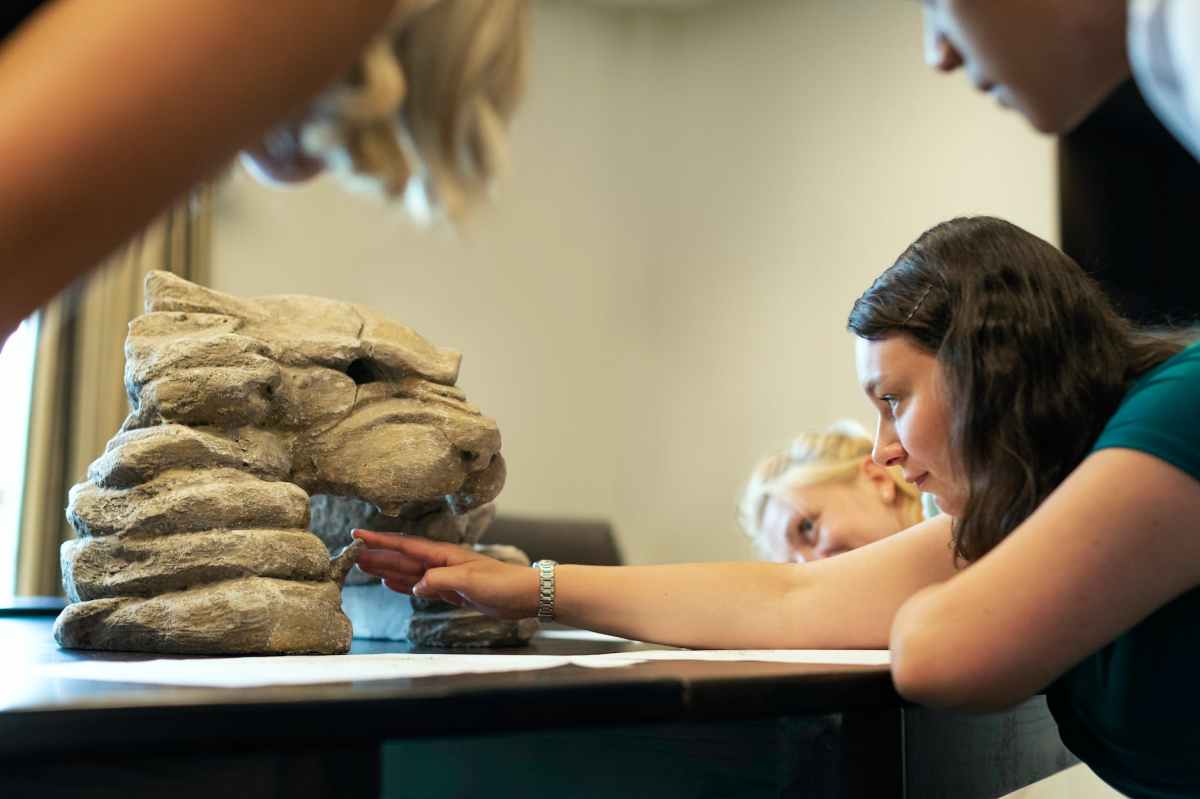What is STEM education and what is its origin?
STEM education is understood as education that promotes the integration and development of scientific and technical subjects in a single interdisciplinary framework with a didactic approach that guarantees the transversality of the teaching-learning process through science, technology, engineering and mathematics.
The main objective of this methodology is to provide people with competencies for experiential learning by developing critical thinking, problem solving and collaboration between different disciplines.
It is based on a practical approach that is different from theoretical, rote and repetitive learning. Learning the list of the Visigothic kings would not be part of this STEM methodology… It is based on innovation, logical and analytical thinking, as mentioned above, under a practical approach.
Origin of the terms STEM and STEAM
In order to encourage students’ interest in scientific and technical careers, in the 1990s the term STEM was used by the National Science Foundation, an American government agency that promotes research and fundamental education in the non-medical fields of science and engineering.
The theoretical basis on which STEM is based was introduced by the mathematician Seymour Papert with the design of Logo, a programming language (known as the turtle language) for didactic purposes with which children could develop logical-mathematical thinking from an early age.
Years later, in 2006, Georgette Yakman coined the term STEAM by adding the letter A to include art, thus providing a creative approach to complement the learning of scientific programs.
Importance and benefits of STEM education
Experts explain that resourceful STEM learning serves from early childhood to explore, build and share understanding for the world around them.
In addition, the more playful aspects increase motivation to learn both inside and outside the classroom.
There are also voices that speak of the advantages of not presenting these subjects as “intimidating” precisely because of that practical approach, something that also helps young people’s self-esteem when facing these scientific-technological subjects.
The benefits of the STEM methodology lie in both the educational and work-related spheres, say its advocates.
Educational
By having projects and activities of a practical nature, as we have been discussing throughout the article, students become more actively involved.
This improves knowledge retention and understanding of theoretical concepts.
On numerous occasions, teamwork is required, which also fosters other types of skills, such as collaboration, communication or conflict resolution.
Workplace
In the workplace, STEM methodology prepares students for innovative work environments by enhancing problem-solving skills.
Thus, experts conclude that STEM education equips individuals with a set of skills that make them more employable and better prepared for today’s job demands.
What is the STEM methodology based on?
The STEM methodology is based on a series of lessons beyond the four subjects it focuses on:
- Teamwork to solve problems and optimize resources.
- Real-world application of day-to-day situations that can also appeal to problem-solving innovation.
- Learning through research and experimentation with the corresponding increase in motivation, as well as improved retention of theoretical concepts associated with the corresponding practical part.
- Teaching in context due to its multidisciplinary nature, since otherwise we would be facing the learning of different subjects as if they were watertight compartments.
- Promotion of creativity with which to solve problems from a critical perspective.
Conclusion
The STEM methodology arises from interdisciplinarity as a point of union and enrichment between four different subjects: science, technology, engineering and mathematics.
It is also a method that advocates an eminently practical approach as opposed to purely rote education, so that theoretical concepts can be reinforced through the implementation of different learning projects.
